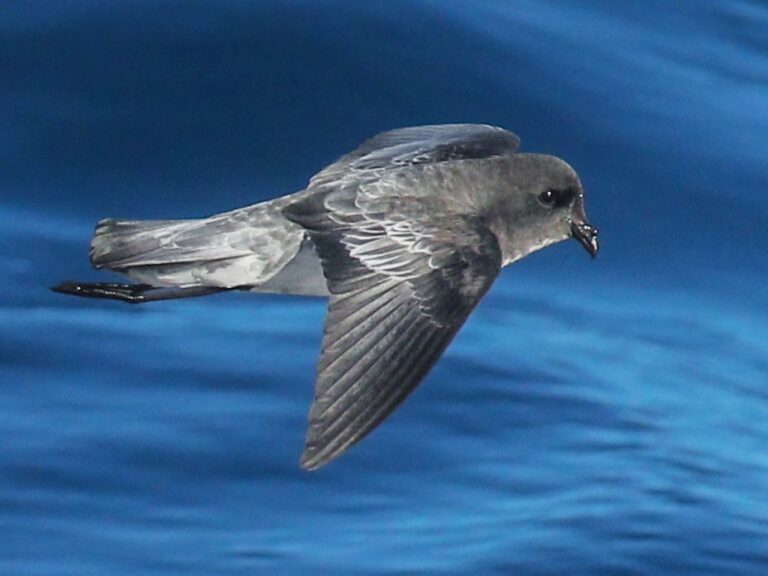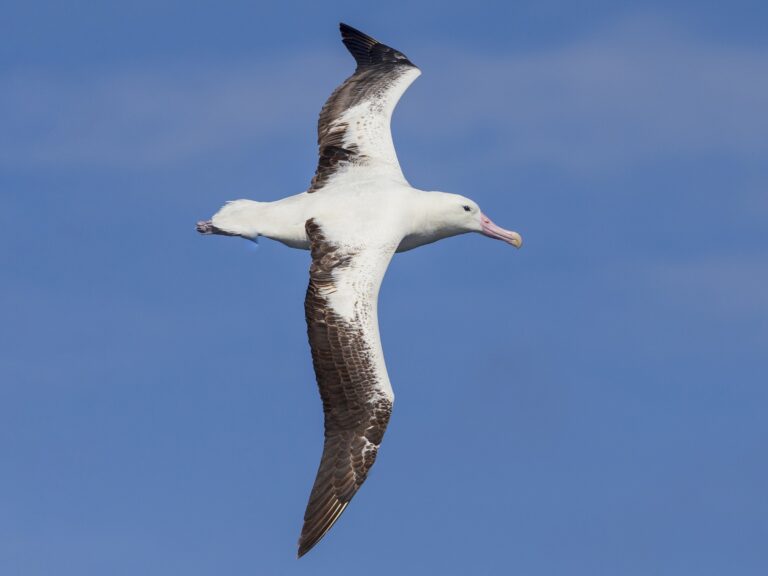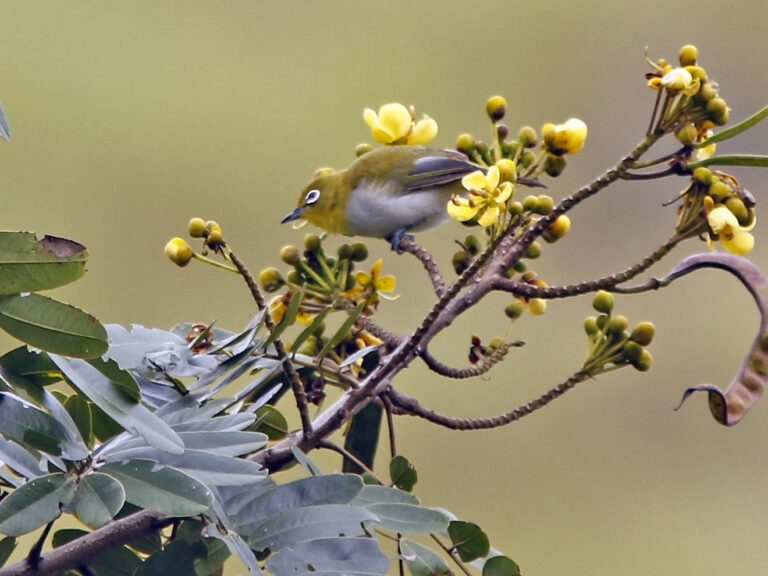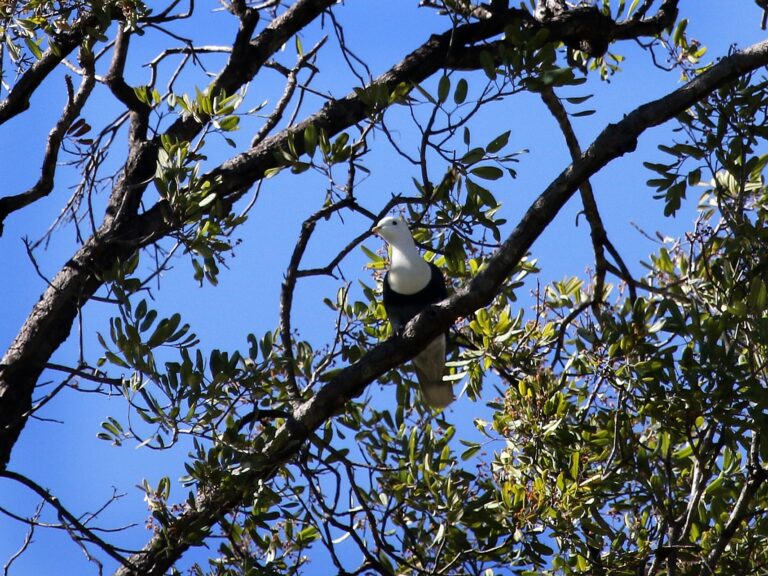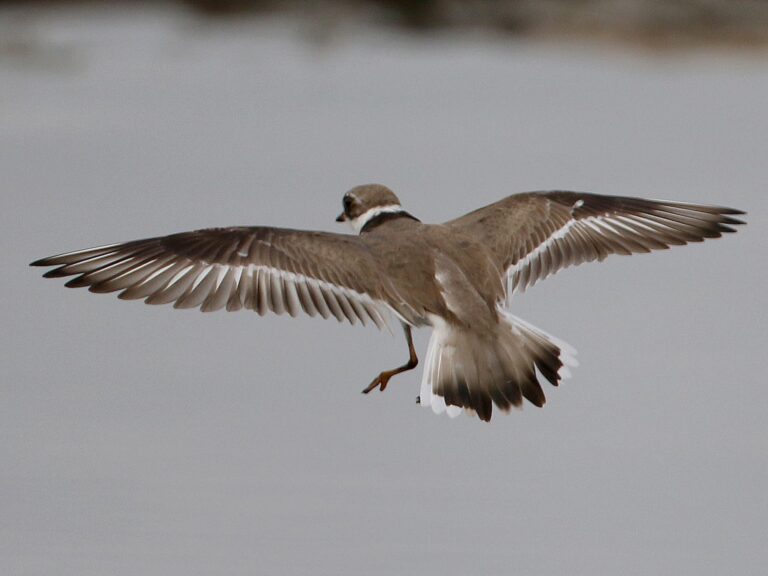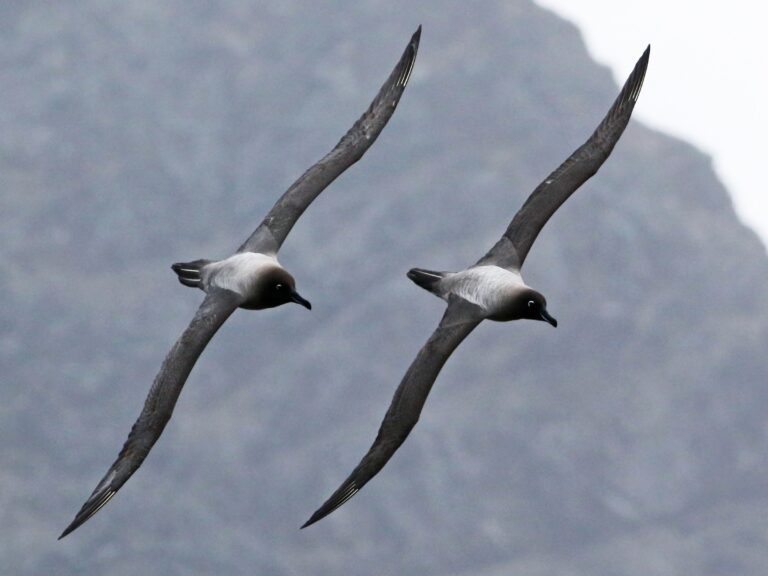Cinnamon Quail-thrush: Habitat, Behavior, and Conservation Efforts
The Cinnamon Quail-thrush, known scientifically as Cinclosoma cinnamomeum, is a unique bird native to Australia. This bird is recognized for its distinctive cinnamon-colored plumage and its ability to thrive in specific habitats, particularly arid regions. It’s not only an interesting subject for bird watchers but also crucial for maintaining the ecosystem in which it lives.
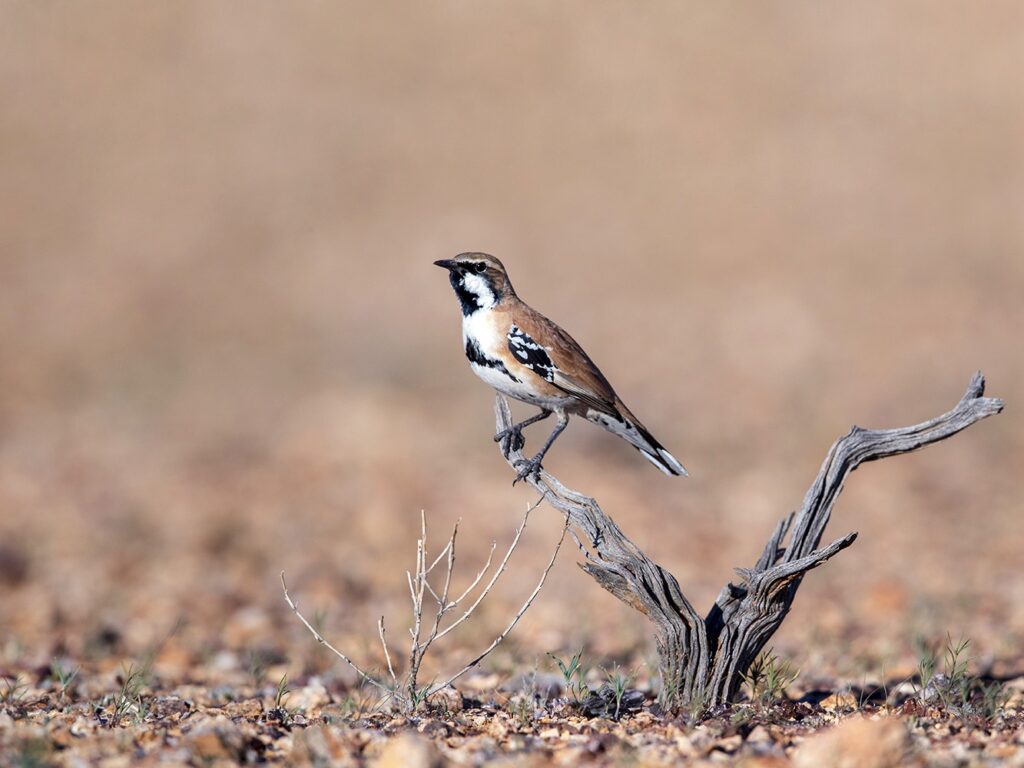

These birds are often found in rocky hillsides, where they blend in well with their surroundings. Understanding their behavior and ecological roles sheds light on the importance of preserving their habitats, especially as conservation efforts become increasingly vital. Observing the Cinnamon Quail-thrush can provide insight into the health of Australian ecosystems.
For those eager to learn about this fascinating species, exploring their physical traits, behaviors, and conservation status can deepen appreciation for wildlife diversity.
Key Takeaways
- The Cinnamon Quail-thrush is native to Australia and has notable cinnamon plumage.
- It thrives in dry, rocky habitats, showcasing its unique ecological role.
- Conservation efforts are important for maintaining their populations and habitats.
Taxonomy and Classification

The Cinnamon Quail-thrush belongs to a specific family and has distinct species characteristics. Understanding its classification helps clarify its relation to other birds and highlights its unique traits within its family.
Family Cinclosomatidae
The Cinnamon Quail-thrush is part of the family Cinclosomatidae. This family includes various species commonly referred to as quail-thrushes. Members of this family are usually ground-dwelling birds found in Australia and nearby regions. They are characterized by their robust bodies and interesting vocalizations.
The family Cinclosomatidae is recognized for its adaptive traits that allow members to thrive in arid environments. These birds often inhabit wooded areas or open forests, showcasing a range of colors and patterns that aid in camouflage against predators. Differences in plumage can also aid in territorial displays and mating rituals.
Species Cinclosoma cinnamomeum
The scientific name for the Cinnamon Quail-thrush is Cinclosoma cinnamomeum. This species is native to Australia and primarily found in central and northern regions. It prefers habitats that provide dense ground cover, such as shrubs and grasses.
Cinclosoma cinnamomeum is distinguished by its warm brown plumage, which offers excellent camouflage among the leaf litter. This species is known for its distinctive calls that play a significant role in communication and territory establishment. Diet mainly consists of insects and seeds, reflecting its foraging habits.
Understanding its species classification is essential for conservation efforts, as habitat preservation plays a crucial role in the survival of the Cinnamon Quail-thrush.
Habitat and Distribution

The Cinnamon Quail-thrush is primarily found in specific regions of Australia, thriving in various habitats. Its distribution reflects its adaptability to different environmental conditions, from arid zones to more temperate areas.
Regions in Australia
The Cinnamon Quail-thrush is mainly located in Western Australia (WA), the Northern Territory (NT), and South Australia (SA). In Western Australia, it favors the arid interior regions. In the Northern Territory, it can be found in areas with suitable vegetation. South Australia provides habitat along various ecological zones, offering a blend of environment types.
Habitat Preferences
This species prefers open woodlands and scrublands with dense undergrowth. They thrive in areas that provide shelter, such as thick grass or shrubs. The Cinnamon Quail-thrush is also seen in woodlands that have sparse trees, allowing for easy foraging on the ground.
This bird often selects habitats near water sources, which are vital for their survival. Their distribution correlates strongly with availability of food and suitable nesting sites. The varied landscape of Australia helps support their populations in different regions.
Physical Description

The Cinnamon Quail-thrush is known for its striking appearance. Its plumage features a mix of warm colors and distinct markings, making it stand out in its habitat. This bird has specific morphological traits that contribute to its unique nature.
Plumage and Coloration
The Cinnamon Quail-thrush exhibits rich, earthy tones that help it blend into its environment. The upper part of its body is typically a warm cinnamon color, while the underparts are lighter with attractive patterns.
Its feathers are intricately designed, featuring spots and streaks that vary among individuals. The contrast between the darker wings and the lighter underparts offers excellent camouflage among the sand and gravel.
These birds often display a soft, rufous hue around their eyes. This coloration not only enhances their beauty but also plays a role in social signaling during mating.
Morphological Features
In terms of size, the Cinnamon Quail-thrush is medium, with an average length of about 25 cm. Its beak is short and conical, suitable for seed and insect consumption.
The legs are sturdy, helping it navigate through rough terrains like sandy soils and rocky outcrops.
Additionally, their tail is relatively short, which aids in quick evasive maneuvers. The combination of these features makes them well-adapted to their arid habitats.
Understanding these physical traits allows bird watchers to identify the Cinnamon Quail-thrush in the wild, enhancing the appreciation of this unique species.
Behavior and Ecology

The behavior and ecology of the Cinnamon Quail-thrush reveal its adaptations to the Australian environment, particularly in arid regions. This species exhibits unique foraging habits and has specific reproductive strategies that ensure its survival.
Diet and Foraging
The Cinnamon Quail-thrush primarily feeds on insects, seeds, and some plant material. Its diet consists of ants, beetles, and grasshoppers, which it forages from the ground. The bird uses a technique called “scratching,” where it digs through leaf litter to uncover food.
Foraging often occurs alone or in small groups, typically in open scrub areas found throughout Australia. The bird usually searches for food early in the morning or later in the afternoon to avoid the heat. This timing helps reduce energy expenditure while maximizing foraging success.
Reproduction and Life Cycle
During the breeding season, the Cinnamon Quail-thrush establishes territories and engages in courtship displays. Males are known to sing to attract females, showcasing their vibrant calls.
Nests are built on the ground, concealed under vegetation for protection. The female lays 2 to 4 eggs, which she incubates for about 14 to 16 days. After hatching, the chicks are fed insects and seeds, allowing for quick growth in the arid environment.
Both parents may be involved in caring for the chicks until they are ready to fledge. This cooperation increases the chances of survival in a habitat where resources can be scarce, paralleling behaviors seen in related species like the Nullarbor Quail-thrush.
Conservation Status

The Cinnamon Quail-thrush is a bird species found in Australia, particularly in arid regions. Its conservation status is crucial due to habitat loss and environmental changes.
The species is classified under different categories depending on the region and local authority assessments. In some areas, its population is stable, while in others, it faces threats.
Factors affecting its conservation include:
- Habitat destruction: Urban development and agriculture reduce available land.
- Climate change: Changes in weather patterns impact food and nesting conditions.
Conservation efforts are ongoing to protect this species. Various organizations work to monitor populations and restore habitats. Important actions include:
- Protecting natural habitats from development.
- Educating local communities about the species’ importance.
- Supporting research on its ecology and behavior.
In some assessments, groups have added the Cinnamon Quail-thrush to lists of birds needing protection due to their vulnerable status. This highlights the need for continued attention to their habitat and population trends.
To maintain its existence, preserving Australia’s arid ecosystems is vital. Without effective conservation measures, the future of the Cinnamon Quail-thrush may be at risk.
Multimedia Resources

Multimedia resources provide valuable insights into the Cinnamon Quail-thrush. They include various forms of visual and auditory content that can enhance appreciation for this unique bird species.
Photography and Videos
Photography of the Cinnamon Quail-thrush often showcases its distinctive features, such as its plumage and habitat. Stock photos are available from various wildlife photography websites, providing a range of images from close-ups to panoramic views.
Panoramic images display the bird in its natural environment, highlighting the landscapes it inhabits. These images can be especially useful for education and conservation efforts. Additionally, videos depict the bird in action, allowing viewers to observe its behavior, feeding habits, and interactions.
For those creating content on this species, vectors can also be found that illustrate the bird in various artistic styles. Utilizing these resources can help raise awareness about the Cinnamon Quail-thrush and its habitat needs.
Sounds and Vocalizations
Sounds and vocalizations of the Cinnamon Quail-thrush are vital for research and birdwatching. Audio recordings capture the rich variety of calls and songs that characterize this species.
These sounds can provide insight into behavior, such as mating calls and warning signals. Various platforms offer downloadable audio clips, making it easy for enthusiasts and researchers to access these vocalizations.
Birdwatching apps often include sound files for identification, aiding those interested in tracking the Cinnamon Quail-thrush in the wild. Familiarizing oneself with these sounds enhances the overall birdwatching experience, deepening appreciation for this intriguing species.
Frequently Asked Questions

The Cinnamon Quail-thrush has unique traits that attract interest. Understanding its preferred habitat, behavior, and conservation status can provide insight into this fascinating bird.
What habitat is preferred by the Cinnamon Quail-thrush?
Cinnamon Quail-thrushes typically inhabit arid and semi-arid regions. They prefer areas with dense undergrowth and open spaces for foraging. These birds are often found in scrublands and low acacia woodlands.
How can one differentiate between male and female Cinnamon Quail-thrushes?
Males and females have distinct plumage. Males usually possess brighter and more vivid colors, especially on their plumage. Females tend to be more subdued, featuring a browner, more camouflaged appearance to blend into their environment.
What is the typical diet of the Cinnamon Quail-thrush?
The diet of the Cinnamon Quail-thrush primarily consists of insects and seeds. They forage on the ground, searching for small invertebrates and plant material. This feeding behavior helps maintain their energy needs while thriving in their habitat.
Are there any distinct behaviors that Cinnamon Quail-thrushes exhibit?
Cinnamon Quail-thrushes are known for their ground-dwelling habits. They often use quick, short bursts of flight when threatened. Additionally, they display a characteristic bobbing motion while foraging, which helps in spotting food.
What conservation status does the Cinnamon Quail-thrush have?
The Cinnamon Quail-thrush is currently classified as a species of least concern. However, habitat loss poses a potential threat to its populations. Continued monitoring is important to ensure these birds maintain stable numbers.
How does the call of the Cinnamon Quail-thrush differ from other quail-thrush species?
The call of the Cinnamon Quail-thrush is distinctive and melodious. It often includes a series of clear, ringing notes. This call can be differentiated from other quail-thrush species, which may have harsher or more varied vocalizations.


